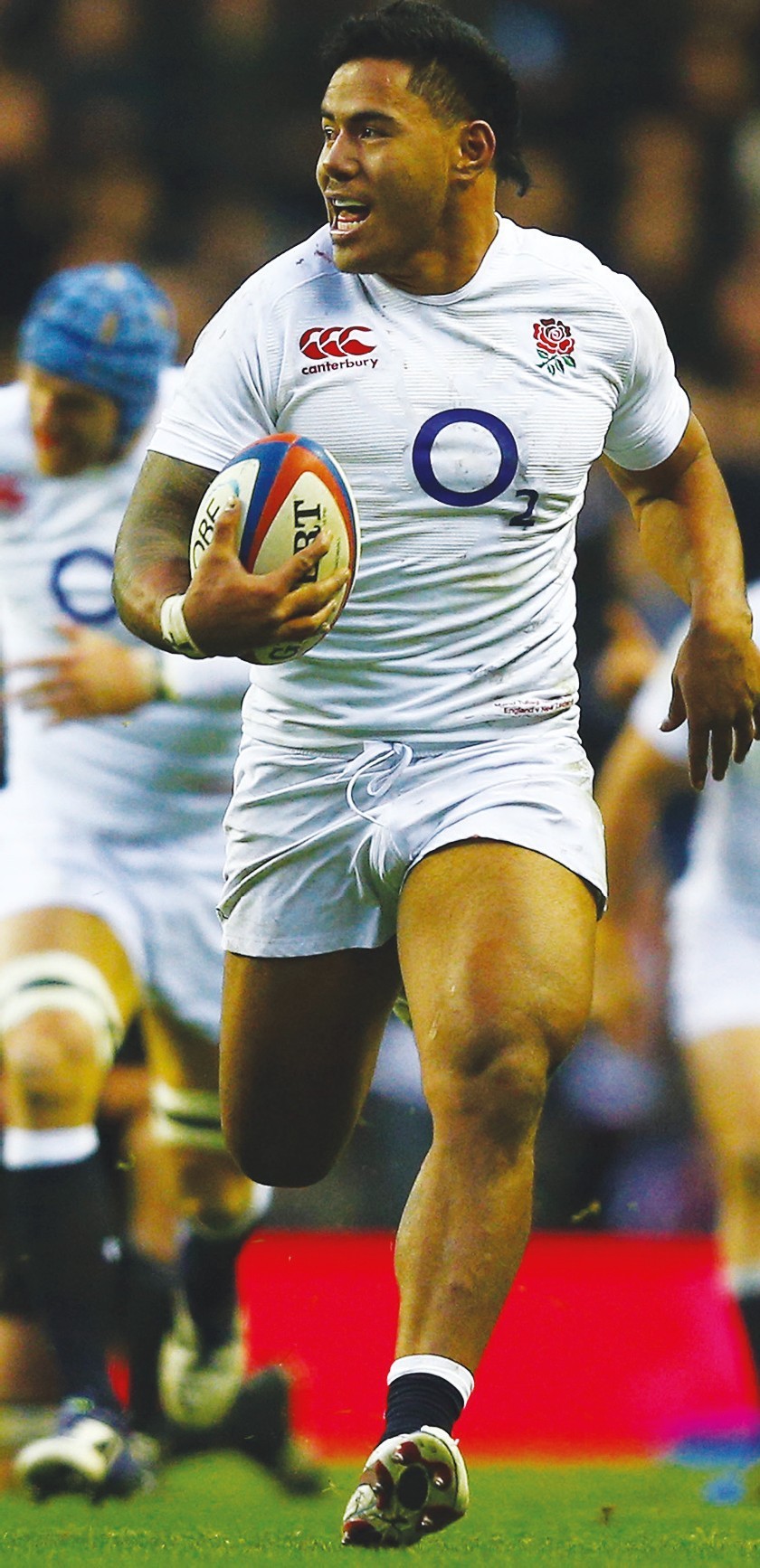CHRIS HEWETT
GUEST COLUMNIST
The Sale coach and former hooker Steve Diamond, honorary life member of the Front Row Union, thinks modern-day scrums are boring. He’s not wrong. But why single out the set-piece for condemnation? Judging by last weekend’s Premiership relaunch, the English game as a whole is about as compelling as a Theresa May conference speech shorn of the coughing fits, the stage invasions and the collapsible backdrops.
The best talent in New Zealand, playing in what may have been the best domestic tournament ever staged, succeeded in sharpening our senses. By c...

